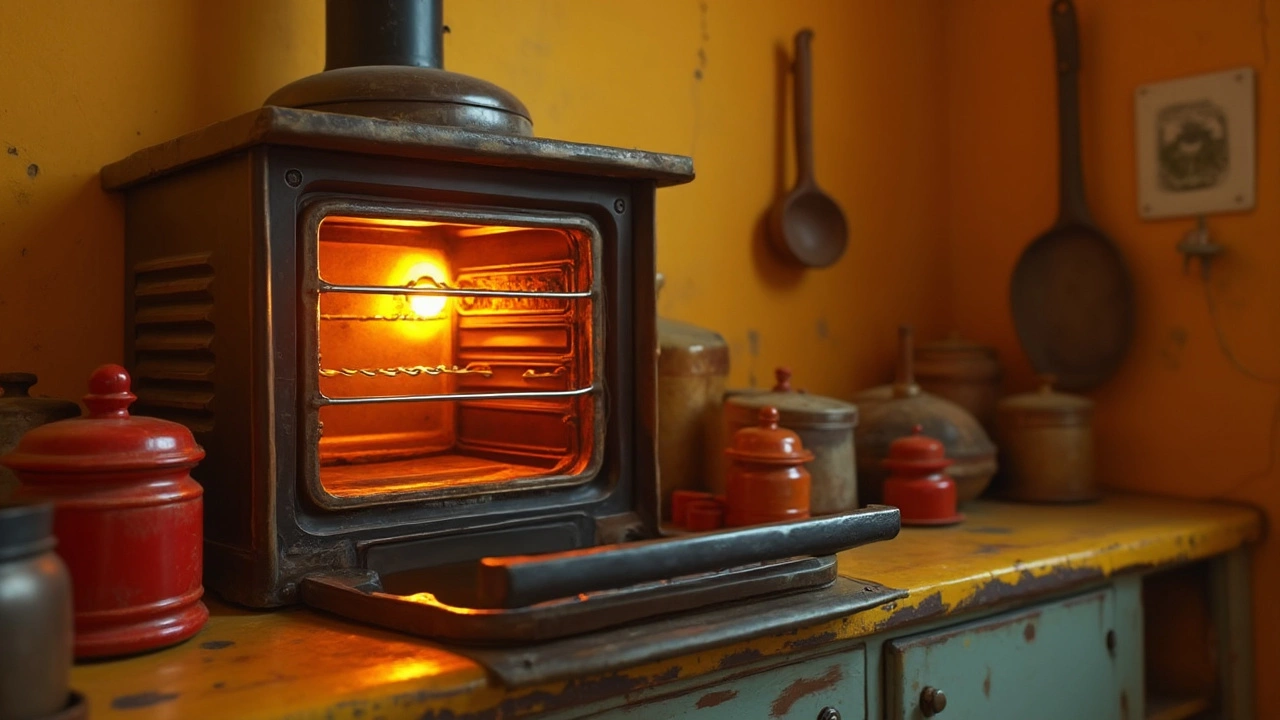Not sure if your oven's element is on the fritz? Discover the tell-tale signs of an oven element gone bad and learn how to perform a few straightforward tests to determine its status. This guide helps you pinpoint the issue efficiently while saving you a headache and possibly a few bucks. Broken oven elements have their quirks, so understanding them can make home repairs a breeze. Dive into some practical tips to keep your kitchen running smoothly.
Broken Oven Element? How to Diagnose, Replace, and Save Money
When your oven stops heating, the first thing most people suspect is the element. A faulty bake element is the usual culprit, and fixing it yourself can be quick and cheap. Below we walk you through the signs of a broken oven element, how to test it safely, and when it’s smarter to call a professional.
Spotting a Broken Element
Look for these tell‑tale signs:
- The oven lights up but never gets hot.
- Only one heating zone works – the broiler may still be fine.
- You see a faint glow or a dark spot on the element.
- The oven shows an error code related to temperature.
If any of these sound familiar, the element is probably the problem.
Testing the Element
Before you order a new part, double‑check with a multimeter. Turn off the power at the breaker, disconnect the element wires, and set the meter to the ohms setting. A healthy element reads between 20 and 40 ohms. Anything higher or an infinite reading means it’s busted.
Testing takes under ten minutes and saves you from ordering the wrong part.
DIY Replacement Steps
Got the right replacement? Here’s a simple three‑step plan:
- Remove the old element. Unscrew the mounting brackets, pull out the element, and disconnect the wires.
- Install the new one. Hook the wires onto the terminals, slide the element into place, and tighten the brackets.
- Power up and test. Turn the breaker back on, set the oven to bake, and watch the element glow. If it heats, you’re done.
The whole process usually takes 20‑30 minutes for a beginner.
Cost Breakdown
Replacing a bake element yourself costs about ₹1,200‑₹2,500 for the part, depending on brand and size. If you hire a service, expect a labor charge of ₹500‑₹1,000 plus the part price. In Mumbai, most reputable repair shops quote a flat rate of ₹2,500‑₹3,500 for a full replacement, which includes testing and disposal of the old part.
When the total climbs above ₹4,500, weigh the age of the oven. If it’s older than 10 years, a new oven might be a better investment.
When to Call a Pro
Even a sturdy DIYer should call a professional if:
- The oven has multiple error codes, not just a heating issue.
- You’re uncomfortable working with electricity.
- The element is hard to reach because of a custom cabinet.
- There’s visible rust or damage to wiring.
Pros have the tools to test the thermostat, control board, and wiring in one go, saving you time if the element isn’t the only problem.
Bottom line: a broken oven element is one of the easiest fixes in the kitchen. With a multimeter, a replacement part, and a few simple steps, you can get your oven back in action without breaking the bank. If anything feels unsafe or the repair costs start to add up, a trusted Mumbai repair service will get the job done fast and guarantee the work.
